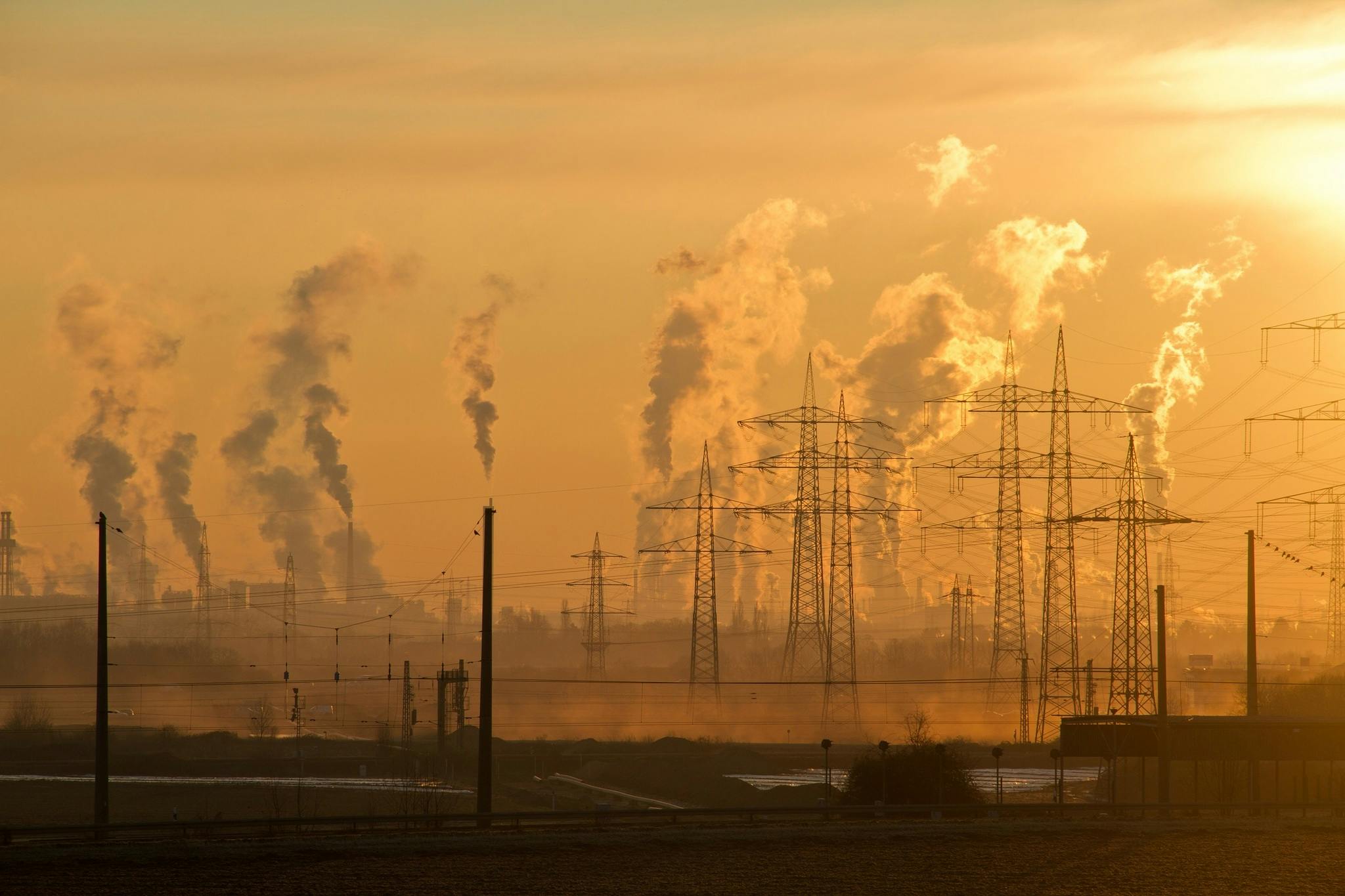On March 27, 2025 the US Securities and Exchange Commission (SEC) voted to stop defending rules adopted in 2024 (during the Biden administration) that would have required selected “public companies” (i.e, listed on national securities exchanges) to provide “climate-related disclosures for investors” in their registration statements and annual reports. SEC had stayed these rules’ effectiveness after being sued by two energy companies, which were later joined by other plaintiffs as well as state and nonprofit supporters of the rules. The latest SEC decision ends the agency’s defense in that litigation.
Read MoreAudit, Compliance and Risk Blog
SEC ends legal defense of climate-related disclosure requirements for public companies
Posted by Jon Elliott on Thu, May 15, 2025
Tags: SEC, Environmental Policy, Climate, ESG, Environmental Compliance, Risk Management, Sustainability Reporting, Climate Disclosure, Climate Risk
Coming to North America? EU proposes to narrow Corporate Sustainability Reporting Directive requirements
Posted by Jon Elliott on Thu, Apr 10, 2025
On February 26, the European Union’s (EU’s) European Commission issued its “Omnibus I” proposal to “recalibrate” the EU’s Corporate Sustainability Reporting Directive (CSRD), by reducing reporting requirements and excluding smaller entities. The CSRD was adopted in November 2022 and took effect in January 2023 (I wrote about it HERE), providing reporting requirements that are being phased in during 2024-2028. CSRD superseded and narrowed the EU’s previous Non-Financial Reporting Directive (NFRD; which I discussed HERE). The remainder of this note discusses the proposed changes.
Read MoreTags: CSRD, ESG, Hazardous Material, RegulatoryUpdates, Risk Management, Sustainability Reporting, EU Regulations, Sustainability Strategy, Corporate Sustainability, EU Compliance
EPA proposes non-detect lead contamination standards after residential abatement
Posted by Jon Elliott on Tue, Aug 29, 2023
Lead and lead-containing materials are among the longest-used materials in construction and industry. Lead has been used in commercial, residential, and ceramic paint; in electric batteries and other devices; as a gasoline additive; for weighting; and other purposes. It also has been recognized as toxic to human health and the environment at least since the Romans, although understanding of the extent and severity of lead hazards has improved greatly in recent decades. Accordingly, environmental, occupational and public health agencies have progressively tightened standards to reduce lead exposures. On August 1, 2023, the Environmental Protection Agency (EPA) proposed to tighten post-remediation clearance levels as low as “non-detect.” The rest of this note discusses EPA’s latest proposal, and provides some context and background.
Read MoreTags: EHS, EPA, tsca, Hazardous Waste, ESG



